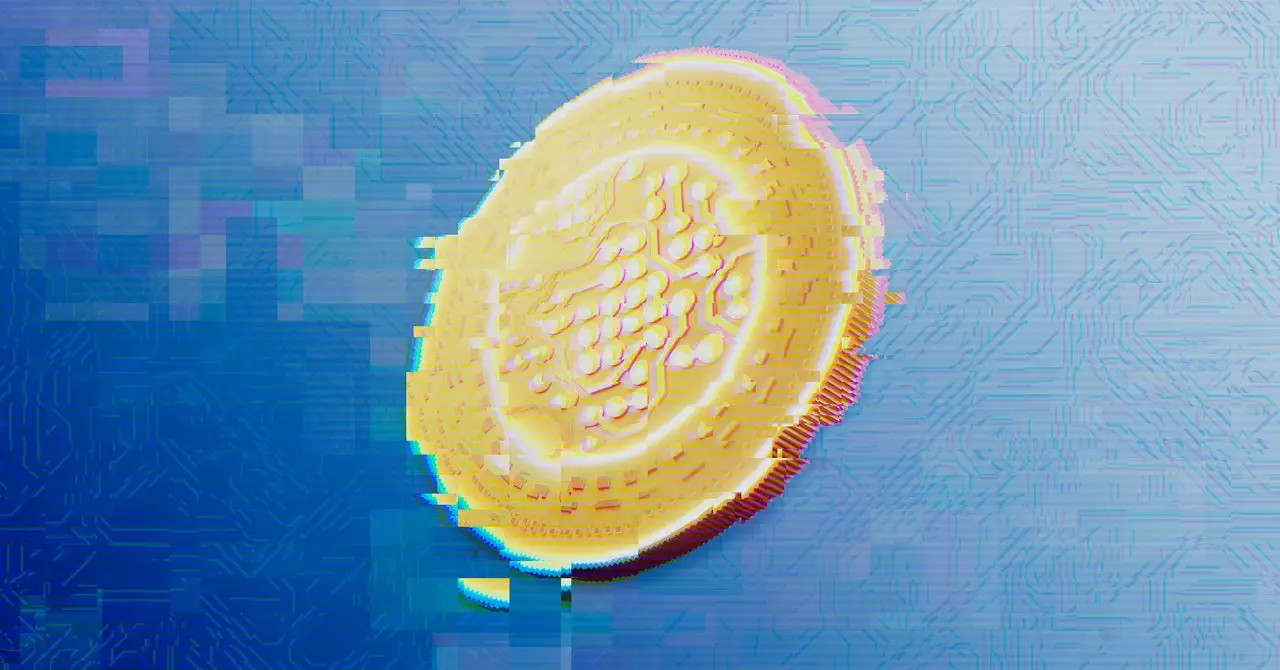The intersection of innovation and ethical dilemmas in technology underscores a remarkable narrative, much like a dual-edged sword. On one side, we witness incredibly creative solutions emerging from local communities, and on the other, the challenges of rampant cybercrime and government surveillance loom larger than ever. This article takes a deeper dive into this fascinating landscape, exploring a series of notable occurrences that illustrate both the whimsical and the serious undertones of technology today.
In an endearing twist, a group of tech-savvy individuals in India made headlines by inventively bypassing Apple’s location limitations on AirPod Pro 2s. Their intent? To enable the hearing aid functionality for their grandmothers. Utilizing a makeshift Faraday cage, a microwave, and their own ingenuity, they embarked on a trial-and-error mission that culminated in a heartwarming success. Such stories emphasize not only the creativity of younger generations but also the profound personal motivations that drive technological innovation. The lengths to which these individuals went to enhance their grandmothers’ lives reflect a blend of affection and technical prowess that captivates the imagination.
Conversely, the landscape of technology can shift dramatically, as evidenced by the United States military’s initiatives to counteract the rising threat posed by drones. One of the most alarming advancements is the development of the Bullfrog, an AI-powered machine gun engineered to autonomously target swarms of drones. This stark manifestation of military-grade technology raises pressing ethical questions surrounding the implications of artificial intelligence in warfare. As nations racing toward the horizon of technological capabilities foster arms that can act independently, the conversation regarding the rules of engagement and civilian safety must evolve to keep pace with the innovations themselves.
The alarming rise of swatting—a dangerous prank involving false reports made to law enforcement—has also gained attention recently. Combined with the news of an 18-year-old California resident confessing to orchestrating over 375 swatting events across the nation, this phenomenon highlights the darker facets of technological misuse. The mere act of leveraging technology to instill fear and disrupt lives reveals a troubling trend that extends well beyond pranks, raising awareness around the need for stricter security measures to prevent the exploitation of digital communications for malicious purposes.
As political climates shift, citizens now more than ever are advised to hone their digital security know-how. With the specter of heightened government surveillance looming large—potentially exacerbated by new administrations vowing to tighten the screws on cybersecurity regulations—the need for protective measures among citizens is acute. Reports emphasize that surveillance efforts are often amplified during politically charged periods, signaling a troubling intersection of technology and civil liberties. Citizen awareness and activism become paramount as individuals navigate these complex dilemmas, where exercising freedom of expression may inadvertently bring scrutiny.
The world of cryptocurrency, once heralded as a revolutionary financial frontier, has encountered its share of heists and scandals. The notorious Bitfinex hack of 2016 serves as a vivid reminder of the vulnerabilities intrinsic to digital finance, where a staggering $71 million vanished into the ether. Fast forward to the present, and the legal repercussions for the perpetrators only underscore the complexities of regulating such a volatile sector. With asset recovery surpassing $10 billion, it appears that sophisticated tracking methodologies are evolving hand-in-hand with the illicit.
Amidst the chaos, technology attempts to reclaim the narrative, as AI emerges as a countermeasure against those who exploit its capabilities for fraudulent gain. British telecom firms have deployed innovative solutions like the “AI granny,” a system designed to engage scammers and keep them talking to waste their time. This lighthearted yet effective defense mechanism draws attention to the arms race between scammers leveraging AI for nefarious purposes and companies employing similar technology to safeguard consumers.
The rapid evolution of technology presents us with a myriad of possibilities that are at once exciting and alarming. As individuals and institutions strive for innovative solutions, whether driven by compassion or profit, the overarching narrative remains: technology is a double-edged sword that necessitates responsible stewardship. The challenge lies in harnessing the positive aspects of tech advancements while remaining vigilant against potential abuses. Maintaining a balance in innovation, regulation, and our ethical standards will be paramount in defining the future we aim to create.


Leave a Reply